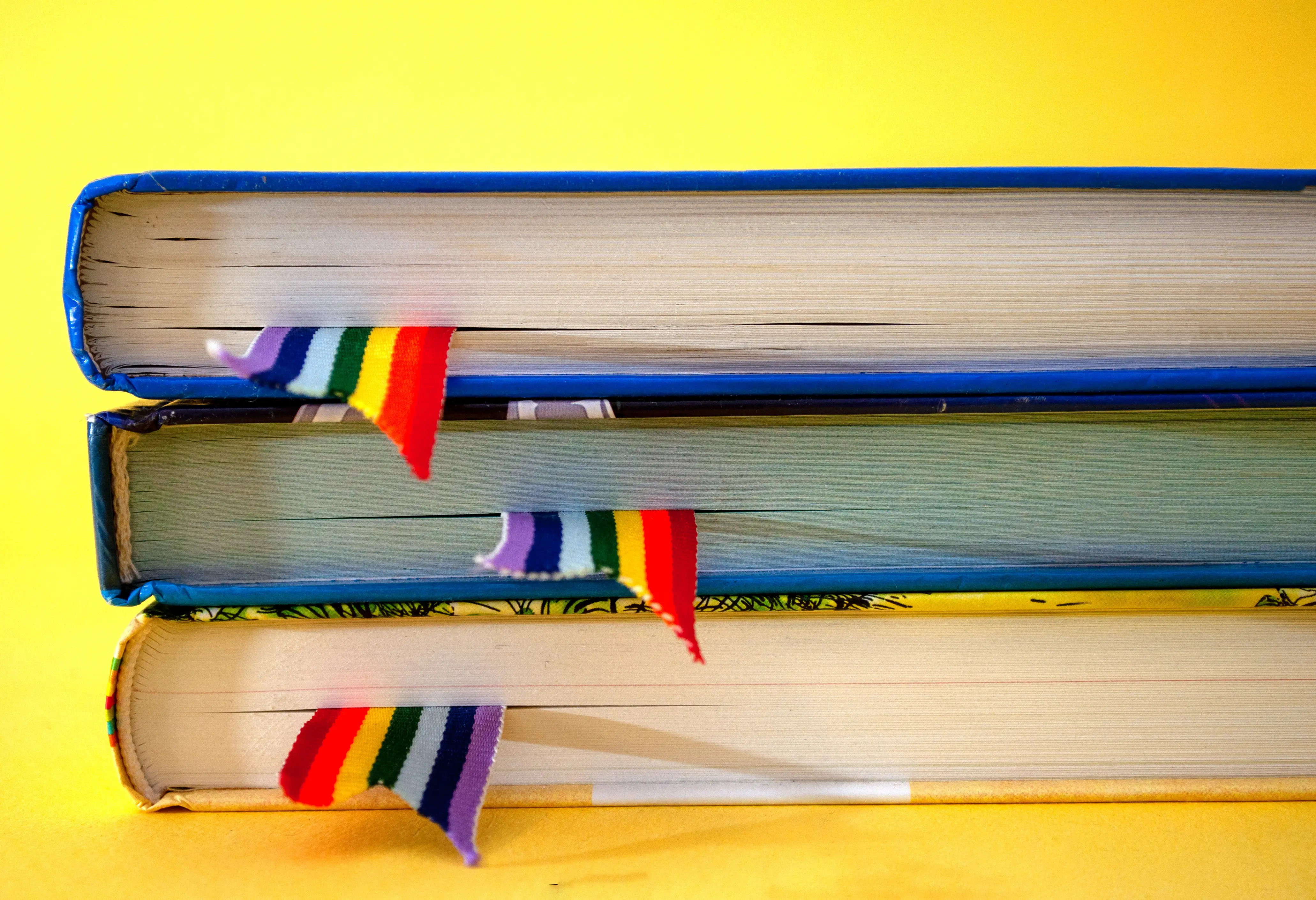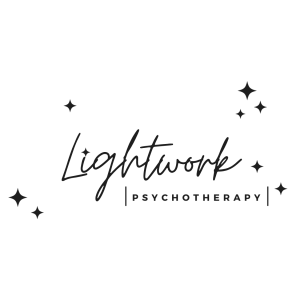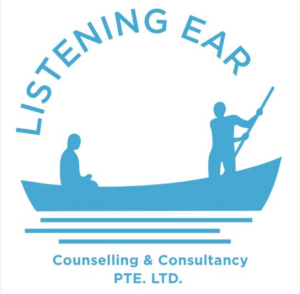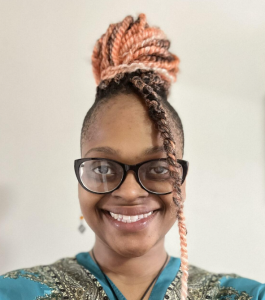Even if you don’t identify as a gay, lesbian, trans, pansexual, asexual, bisexual, or questioning, or any other queer identity, there’s a strong chance that you might be aware of someone who does. It can be your uncle, niece, friend, cousin, or colleague. There are chances you can even be a friend to the LGBTQ+ community, speaking out whenever you hear any derogatory remarks or witness any form of discrimination.
Related: LGBTQ+ History and Why It Matters
There have been great legal strides that have been made towards equality in the UK, although most people are still playing catch up. Higher education is one of the places that have completely failed LGBTQ+ individuals. LGBTQ+ students are still experiencing high levels of discrimination which can be very damaging.
According to recent research, institutional and interpersonal discrimination can make people stay in the closet due to worries about negative responses to their gender identity or sexual orientation. This can lead to chronically high-stress levels, which are referred to as minority stress experienced by stigmatized small groups. The research also revealed minority stress does contribute to high physical and mental health problems in the LGBTQ+ community.
The number of LGBTQ+ students, which is quite higher than the average, is estranged from their families with all the emotional and financial support implications that come with it.
All these factors explain why LGBTQ+ students are likely to drop out of their higher education than their cisgender and heterosexual peers.
Unsafe on Campus
The teaching and learning environment in most of the higher education institutions is among the least safe places to be out, even more than sports clubs or residence halls.
Despite most of the staff members not being bi, homo, or transphobic in their attitude, they never have the confidence of exploring and challenging any discriminatory attitudes or comments in the classroom.
With this, most of the lecturers might be feeling they can get it wrong hence, they always avoid doing anything. Most of the students consulted expressed their disappointments on this, claiming that failure to call out such types of situations can amount to complicity in discrimination type.
Related: Bucknell University Investigating ‘Horrific Incident’ Against LGBTQ+ Students
LGBTQ+ Inclusivity in Higher Education – Right Type of Support
There are several things a high education institution can do to help in supporting LGBTQ+ students who are subjected to difficult situations at the institution. First, it comprises counseling services that are LGBTQ+ friendly. In these chaplaincy services, chaplains are working with LGBTQ+ students with faith and career services, acknowledging the concerns students might be having when they are out at work.
Although the support is well and good, for real change to occur, there has to be increased visibility instead of erasure of LGBTQ+ identities in the higher education environment. Erasure is of great importance because it is never malicious in intent. It can be straightforward as using binary gender categories or thinking a student is interested or wants a partner.
LGBTQ+ Inclusivity in Higher Education – Full Inclusion
Making an inclusive environment in higher education institutions and campuses can come from different places. It can be from the staff that identifies as LGBTQ+ and are well prepared to be out in the laboratories and lecture halls along with the straight friends and cisgender who might call out dismissive or derogatory comments from a student or a colleague.
There is also the possibility of inclusivity coming from the student population where LGBTQ+ officers or student societies can be a strong influence on an organization’s culture.
It explains why a specific model to help make learning and teaching environments more inclusive at higher education centers was developed in the research.
The model mainly covers three main domains:
- Inclusive language
- Positive role models
- Diverse Curriculum content
Inclusivity will always have a different look in different disciplines. For example, computer science can effectively do role models, although history can be better placed on curriculum content. It can be achieved by challenging the social construction of artworks or texts.
On the other hand, vocational subjects like nursing, medicine, or social work can use the model to help prioritize their students’ understanding of inclusive language since it will help them build rapport and trust with their future patients and clients.
Today, most of the work is performed by LGBTQ+ students, staff, and faculty responsible for their safety. But, unfortunately, they usually lack resources and are always doing the work in addition to their jobs.
Some institutions are starting to pay their LGBTQ+ support staff. However, very few campuses have dedicated a resource center or office for their LGBTQ+ students. Regarding LGBTQ+ inclusive non-discrimination clauses, many campuses are against discrimination based on sexual orientation, and 16% include gender expression and identity.
Universities are today working to help develop a development program for higher education, especially those keen on exploring and critiquing their culture.
The developed program will allow higher education institutions to share and identify different methods of creating a more diverse and inclusive learning environment for their students. With this, they will help in making LGBTQ+ identities and voices more visible in higher education institutions.
LGBTQ+ Inclusivity in Higher Education – Conclusion
For sure, campus officials and most of the colleges want to be seen as LGBTQ+ friendly. It will be good for their business and for most of the youths and their families who are always interested in supporting campuses celebrating human diversity. This is evident with the number of schools that openly admit LGBTQ+ students and take part in the Campus Pride LGBT friendly National College Fair program.
However, the numbers have grown to two folds in the last three years. In the end, it does not matter if the campus is successful in improving the campus climate for LGBTQ+ students, as it all depends on the commitment of the institution. It will not get better by itself; we have to do it better!















